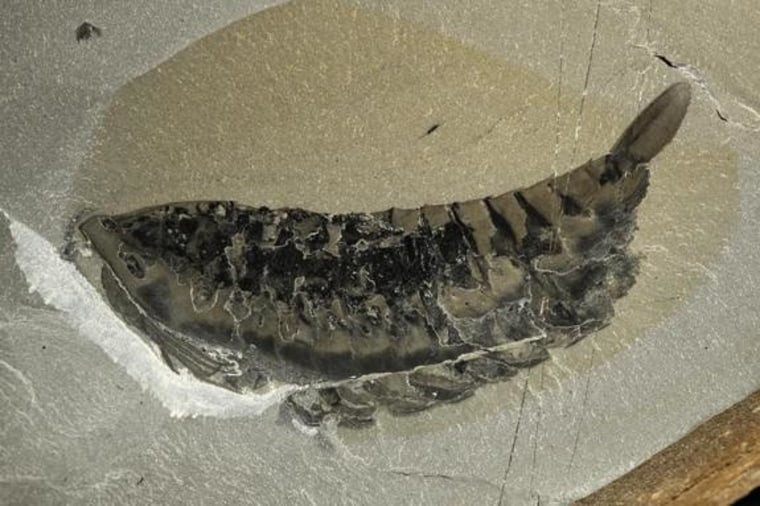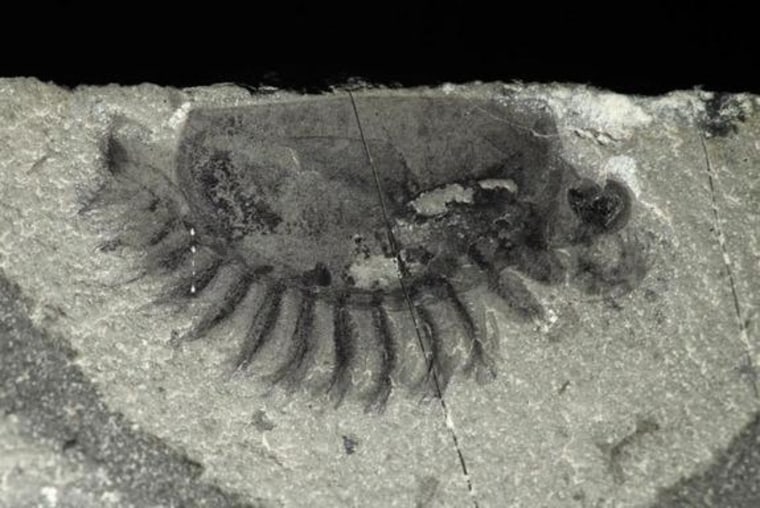
A treasure trove of fossils chiseled out of a canyon in Canada's Kootenay National Park rivals the famous Burgess Shale, the best record of early life on Earth, scientists say.
"Once we started to break fresh rock, we realized we had discovered something incredibly special," said Robert Gaines, a geologist at Pomona College in Pomona, Calif., and co-author of a new study announcing the find. "It was an extraordinary moment."
The fossils are extraordinary because they preserve soft parts of ancient animals in exceptional detail; these soft parts are less likely to be imprinted in stone than harder parts, like bones. More than 200 animal species have been identified at the 1909 fossil site, providing a rare window into the Cambrian explosion, the time when complex body forms first appeared in Earth's fossil record starting about 542 million years ago.

"Nowhere do we have a better view of exactly what the Cambrian looked like and its relationship to the environment than in the Burgess Shale," Gaines told Live Science's Our Amazing Planet.
The new site is also in the Burgess Shale formation, and seems to rival the 1909 original in fossil diversity and preservation, researchers report today (Feb. 11) in the journal Nature Communications. In just two weeks, the research team collected more than 3,000 fossils representing 55 species. Fifteen of these species are new to science. [Gallery: Amazing Cambrian Fossils from Canada's Marble Canyon]
"The rate at which we are finding animals — many of which are new — is astonishing, and there is a high possibility that we'll eventually find more species here than at the original Yoho National Park site, and potentially more than from anywhere else in the world," said Jean-Bernard Caron, lead study author and an invertebrate paleontologist at the Royal Ontario Museum in Toronto.
- Becky Oskin, LiveScience
Email Becky Oskin or follow her on Twitter. Follow LiveScience's Our Amazing Planet coverage on Twitter, Facebook and Google+.
This is a condensed version of a report from LiveScience.com. Read the full report. Copyright 2014 LiveScience, a TechMediaNetwork company. All rights reserved. This material may not be published, broadcast, rewritten or redistributed.